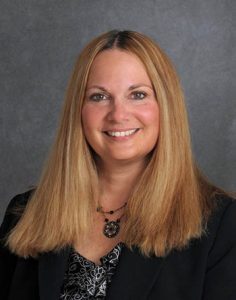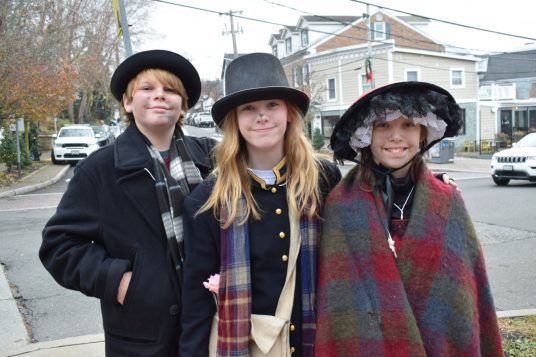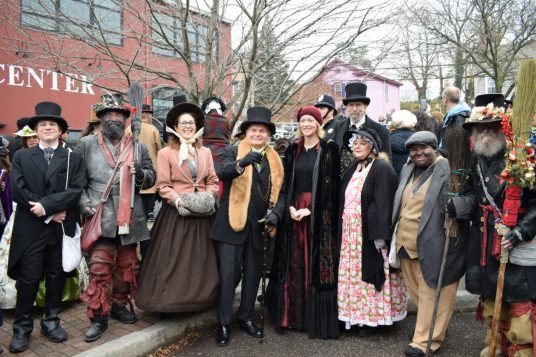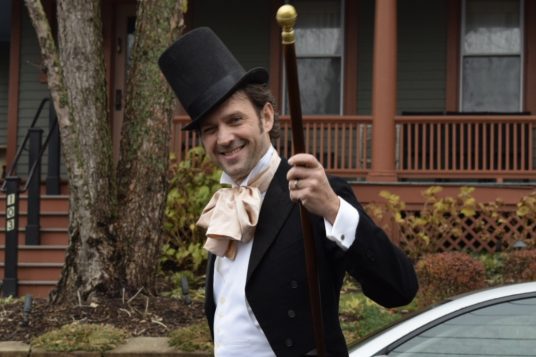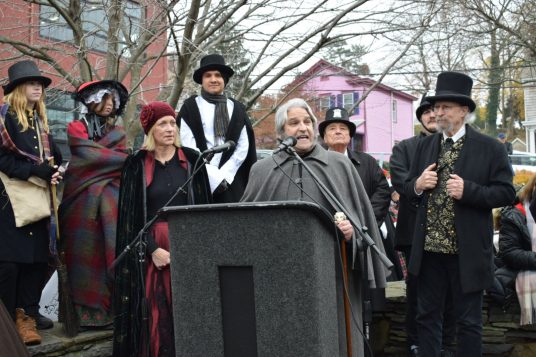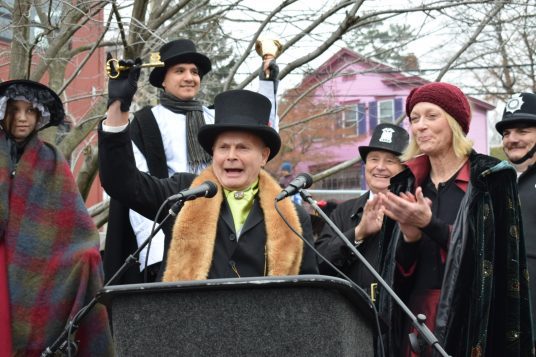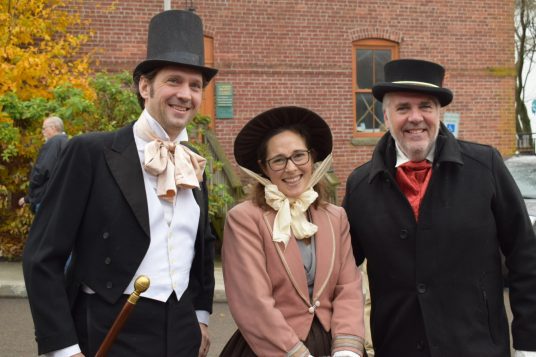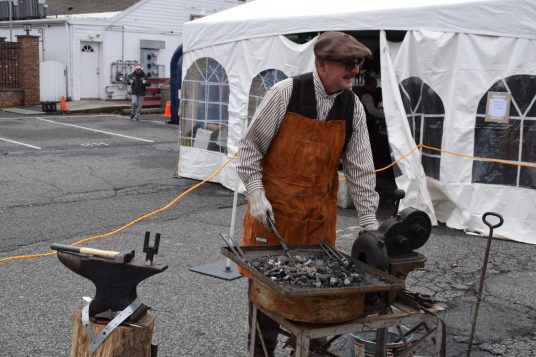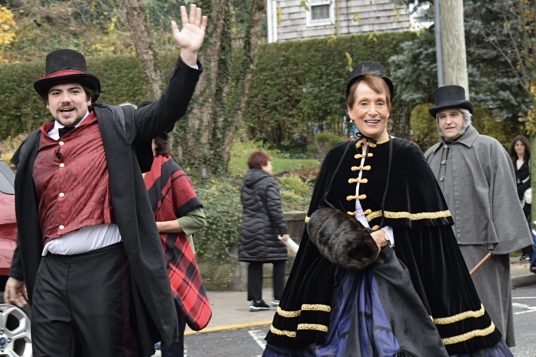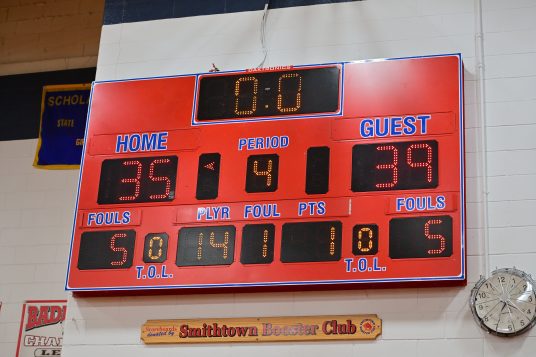By Daniel Dunaief

You know when you were younger and your parents, grandparents, teachers and adults in general urged you to “make every second count.”
“A second,” you’d scoff incredulously. “How much could I do in a second? It took me longer than a second just to say those words, and those, and those, and they don’t seem to count for much.”
While that may be true most of the time for most of us, it’s certainly not the case for sport’s best paid athlete, the baseball sensation Shohei Ohtani, who signed a $700 million contract to play for the Los Angeles Dodgers over the next decade.
To borrow from the Tom Cruise movie “Jerry Maguire,” the Dodgers showed him the money!
Wait, don’t go if you’re not a sports fan. This isn’t about baseball. It’s about money!
Just for fun, let’s take a closer look at the approximately $33.5 million Sports Insider Andrew Petcash estimates Ohtani will earn per year after taxes and fees.
Assuming he’s paid for every second of each year, that means, he earns $1.06 each second. That’s what he’ll earn each second he sleeps, eats, sits in traffic, brushes his teeth or waits for an announcer to say his name so he can run on the field.
Assuming he has a healthy 60 beats per minute heart rate, that means each time his heart goes “lub-dub,” he earns about a dollar.
According to a website called covers.com, the average time to sing “The National Anthem” is 115.4 seconds, which means Ohtani makes $122.32 each time he listens to the national anthem of a country where he’s earning much more than a living.
Extending the math a bit, Ohtani clears $3,824.74 per hour.
As for each day, he’ll make $91,780.82. At that rate, it will take the star pitcher and home run hitter (yes, he can do both) 11 days to make a million dollars.
Each month, his after tax take home pay will be $2.79 million. Assuming Ohtani, who is single, follows the General Rule for engagement rings, namely, that he should spend at least two months of salary on the ring, some lucky future partner may be in line for a ring that costs $5.58 million. That assumes the value of the ring comes from what he’s taking home and not his overall salary. If he chose a ring based on his gross pay, he’d spend a whopping $11.7 million, which is the equivalent of 16 average priced homes in Setauket.
So, speaking of cash, what does $33.5 million look like? If you stacked dollar bills, which are 0.0043 inches wide, one on top of the other without any extra space between the bills, the pile of money would reach 12,004 feet. That would stretch 2.3 miles into the sky.
Now, if he were to try to hold that money — and no one uses cash anymore, so why would he – he would need more than a few teammates. There are $454 dollar bills in a pound, which means that $33.5 million weighs 73,788 pounds.
Realistically, dollar bills aren’t the most likely currency for someone who earns over $1 for every second. Maybe you’d prefer to stack $1,000 bills? That would still present a pile of money that’s about 12 feet tall. Imagine how much money you’d make if you were standing downwind of that pile during a sudden gust? That sounds like the winner’s circle for a future game show.
Of course, you say, the first player since Babe Ruth to demonstrate proficiency as a pitcher and a home run hitter is not getting paid for every second, but, rather, for the magic he works on the field.
If we want to break it down just to the time he’s paid during games, the average time for a baseball game in 2023 was two hours and 42 minutes. The season has 162 games. Let’s throw in 19 additional games, assuming his Dodgers win each series in the maximum number of games and become World Series champions. That means, he’s a part of 29,322 minutes of baseball or 1.8 million seconds. Assuming his paycheck covers games and not all the practice time and spring training, he clears $38.88 per second. So, depending on how you look at it, he earns somewhere between $1.06 for every second of each year and $38.88 for each second he plays.
Yeah, and you thought your lawyer was charging you a pretty penny!








